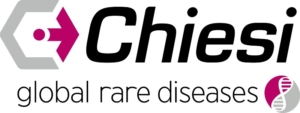What is Sickle Cell Disease?
Hemoglobin disorders such as sickle cell disease and thalassemia are the most common genetic diseases in the world. Three hundred thousand (300,000) babies are born each year with sickle cell disease, and millions of individuals are affected worldwide. Epidemiological models predict that these numbers could increase by at least 25% to 400,000 babies with sickle cell disease per year by 2050. Recognizing sickle cell disease as a global health problem, the World Health Organization adopted two resolutions in 2006 and 2010, calling on countries to strengthen their responses to the disease.
Sickle cell anemia or sickle cell disease is considered a serious blood disease. The red blood cells of patients with sickle cell disease are deformed under hypoxic conditions. Sickle cell disease can disrupt normal blood flow, leading to occlusion of blood vessels and tissue damage due to ischemia-reperfusion lesions. Sickle cell disease therefore has devastating consequences on quality of life and health. Manifestations of the disease include episodes of severe pain, an increased risk of serious infection and death, a risk of stroke up to 300 times higher than that of normal individuals, and damage to almost all organs. People with this disease are also at increased risk of sudden death and have a reduced life expectancy.
Sickle cell anemia or sickle cell disease is a genetic condition that causes red blood cells to deform. As it is these globules that transport oxygen in the body, their deficiency leads to multiple complications. The condition or disease is hereditary because it is transmitted by both parents when they are carriers of the gene.






